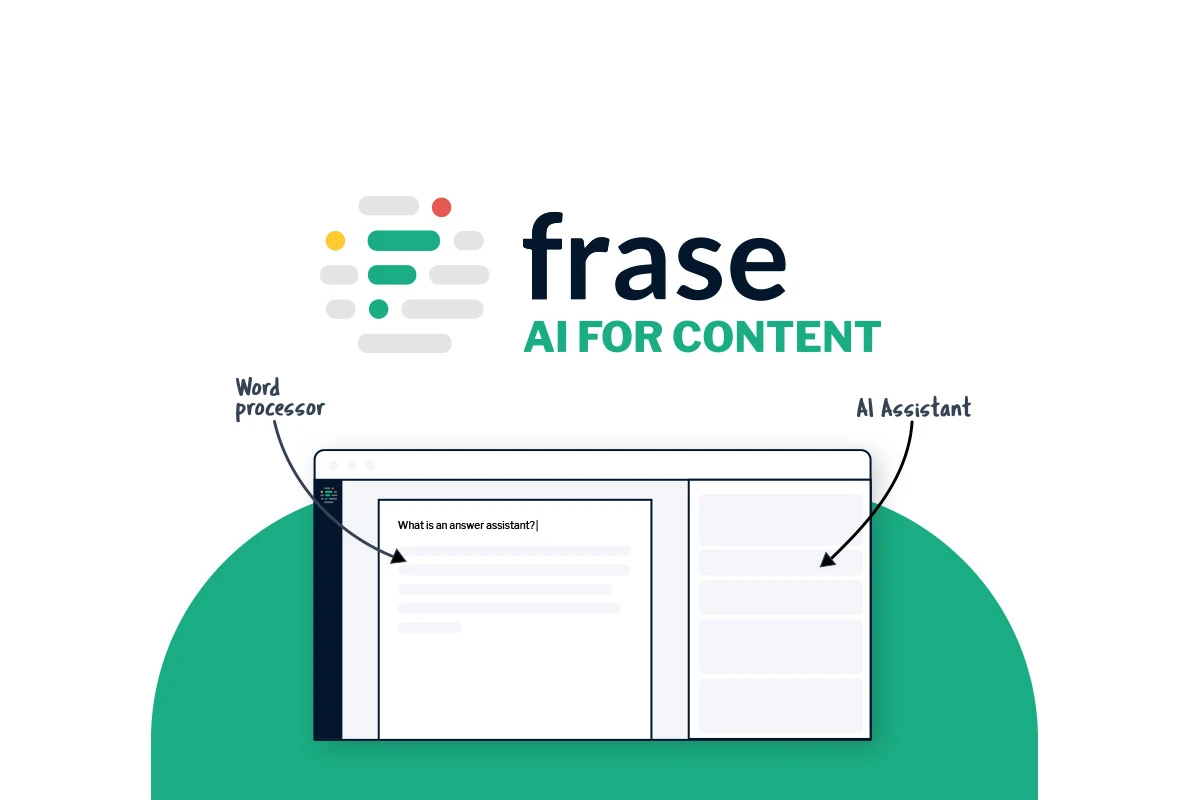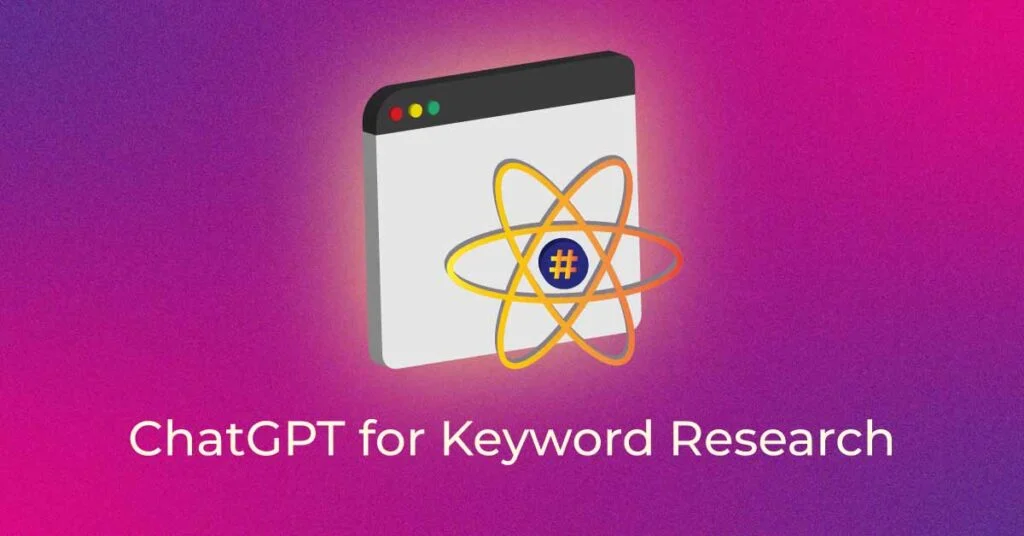A good Content marketing strategy has become integral for businesses to engage audiences and drive growth. At the heart of every successful content strategy lies a crucial first step – topic research.
Topic research entails utilizing data analytics, search, social listening, surveys, focus groups, and more to identify themes and ideas that align with core goals.
The selected topics ultimately inform educational articles, product launches, email campaigns, videos, and other content formats that attract and retain ideal customers.
However, the traditional manual techniques used in topic research are no longer sustainable in today’s rapidly evolving digital landscape. Marketing teams often lack hard data on rising interests and trending discussions within their industry niches.
They rely heavily on assumptions, guesswork, and basic intuition during ideation. This not only leads to hit-and-miss outcomes but also fails to reveal potential viral topics. Audience interests based on technologies, cultural trends and current events are also continually shifting.
What resonated with target readers 6 months ago likely falls flat today, especially among fickle youth demographics. At the same time, the breadth of content types and topics teams need to cover is exponentially growing.
This detailed guide will explore exactly how AI in content marketing is transforming topic research while showcasing real-world case studies of its effectiveness.
Digital growth teams will uncover frameworks to tap automation in order to future-proof ideation efforts regardless of niche, resources, or content types needed.
The Role of AI in Topic Research

At a high level, integrated AI removes the heavy lifting involved in topic research while providing data-backed suggestions to amplify human creativity.
Custom machine learning algorithms automate discovery, analysis, segmentation, and testing to provide targeted ideas for any initiative:
Accelerated Ideation
The ideation phase is where marketers traditionally brainstorm possibilities and initial angles worth exploring further through content.
Teams often rely solely on past experiences and intuition to speculate on possible themes with potential. However, even seasoned professionals’ vaguest instincts fail to indicate the reach and response possible in untested, unproven subject matter.
AI-enhanced ideation thoroughly vets niches by assessing interest levels, search volumes, online discussions, media coverage, competitive forces, and more around potential topics. Sophisticated algorithms ingest datasets that no human could process fast enough, including:
- Millions of Google searches
- Billions of social media posts and conversations
- Website engagement and analytics across the web
- Industry forums and niche community boards
- Related news developments and events
- Competitor content strategies and gaps
Marketers simply input loose guidelines like target personas, categories, and overarching campaign goals. Machine learning models rapidly process enormous data spheres, even predicting future trends through autoregressive forecasting.
These AI systems return highly tailored, timely suggestions perfectly matched to proven traction indicators that no manual effort could ever surface. For instance, tools like Buzzsumo, Übersuggest, and Frase can generate hundreds of aligned ideas in minutes.
The phrase takes this further by scoring expected organic traffic, social sharing potential, and more for each recommendation using predictive analytics. Teams instantly recognize real momentum versus one-off anomalies across datasets.
Sentiment & Trend Analysis
AI topic discovery analytics engines also contextualize raw ideas by extracting emotional sentiment, momentum, and velocity across data signals.
Instead of merely tallying volumes, algorithms classify nuanced contextual indicators around how enthusiastically audiences engage certain subjects.
Platforms ingest extremely high-frequency feeds, including:
- Social media conversations
- Community forum discussions
- News developments
- Search queries
- Web movements
- Consumer reviews
- Brand dialogues
Machine learning automatically deciphers positive, negative, and neutral language sentiment patterns across these live flows. Marketers instantly recognize rising or falling interests in niche communities with statistical validation rather than guessing. It helps with topic research
For example, tools like Talkwalker, Sprinklr, and Social Searcher can analyze millions of real-time tweets, forum posts, and conversations around any topic by location, keywords, hashtags, and authors.
Their AI pinpoints emotional spikes and dips, signaling trend shifts early enough for teams to pivot. Such real-time clarity defeats outdated guesswork on what moves audiences now rather than last season.
Predictive Scoring
Unlike lagging popularity indicators, next-generation AI goes further by simulating how likely suggested topics will resonate once launched. Sophisticated algorithms move beyond descriptive statistics to predict future outcomes through propriety scoring frameworks.
These systems consider crucial variables like:
- Historical performance curves
- Competition levels
- Format match
- Buyer persona appeal factors
- Expected search volume
- Social sharing indicators
- Market landscape shifts
Tools like Buzzsumo, Frase, and SEMrush then calculate graded relevancy ratings, categorizing ideas as low, medium, or high potential. Their predictive analytics mirror human-like discretion to spotlight focus areas verified to attract maximum eyeballs post-publish. The topic research is easy with these tools.
Such insight focuses finite creative resources on AI-validated, high-scoring themes guaranteed to connect. For example, chatbot builder MobileMonkey taps this analysis to optimize ideation.
Their tooling forecasts traffic, lead potential, and revenue value by topic to recognize those positioned for measurable impact. Data quantification eliminates uncertainty in prioritizing ideas.
Competitive Gap Analysis
AI can map not just absolute metrics per topic but also where rivals may have left glaring gaps publishers can fill. Discovery platforms like SEMrush, Buzzsumo, and SimilarWeb study spheres of influence, missed opportunities, and traction across peer content. These are easy-to-use topic research tools.
These topic research tools reveal lucrative angles ignored elsewhere for teams to address through differentiated thought leadership and community discussions.
Auto-generated Venn diagrams visually display gaps around buyer questions, debate topics, and education themes across a niche.
For example, a thriving fitness blog will investigate rising consumer questions and concerns around nutrition planning and workout supplements.
If few health portals or brands cover these spaces to satisfy user needs, the opportunity offers possible traffic and authority gains by flooding knowledge voids.
Such gap analysis grants agile publishers an instant view into voids amid the saturated content landscape. Hungry teams seize openings to spearhead commentary and own categories where competitors missed the memo.
AI Research Tools and Technologies

Dozens of revolutionary Artificial intelligence content tools now exist to automate the intensive parts of marketing topic research workflows. Explore five categories of disruptive assistants:
All-in-One Research Suites
These powerful platforms centralize data ingestion, analytics, and content creation tools into unified dashboards spanning all steps from early ideas to final execution.
Tools:
- Frase – Excellent starting point providing consumer search and social data, performance forecasting, and content outline generation.
- BuzzSumo – Analyzes social engagement and backlink profiles around topics to predict future potential.
- Social Animal – Listens across social platforms through real-time conversational AI to uncover trending discussions.
SEO-Specific Options
Designed explicitly to boost organic visibility, these tools incorporate search query data, rankings dynamics, and more to inform high-potential topics.
Tools:
- SEMrush – All-in-one SEO and marketing analytics suite uncovering optimized questions and gaps.
- Ubersuggest – Free alternative utilizing Google auto-complete variants to spark ideas.
- Answer the Public – Visually maps-related questions people are asking around seed topics.
Social Intelligence Specialists
Focus exclusively on social listening and conversation analysis to flag trending community discussions as they emerge.
Tools:
- Talkwalker – Enterprise-scale real-time monitoring platform spanning 80+ million sites, including Twitter, Instagram, and Reddit.
- Social Searcher – Affordable but powerful real-time listening and analytics solution filtering key networks via Boolean syntax.
- Awario – Tracks discussions and emotional heat through customizable focus streams for social insights.
Content Creation Assistants
Expedite drafting and repurposing content around ideal topics through robotic writing technologies and creative prompts.
Tools:
- Shortly – Summarizes blog posts and news content into snackable social updates for resharing.
- Conversion.ai – Generates marketing copy from short to long-form based on strategy prompts like email sequences, video scripts, and more.
- Writesonic – Creates new long-form articles around supplied topics with a human-like voice and tone.
All-Purpose AI Helpers
While not exclusively positioned for content, flexible assistants like ChatGPT also accelerate topic research tasks.
Tools:
- ChatGPT – Fields complex questions to return thoughtful explanations, ideas, and strategic responses tailored to specified niche focuses.
- Anthropic – Similar conversational assistant with added safeguards against bias and misinformation.
Case Studies/Examples
Pioneering brands adopting AI-driven marketing insights topic research achieve remarkable early gains across key metrics:
Pet Retailer Attracts New Social Followers
Pet supply e-commerce site Diggs struggled to drive social traffic beyond existing communities while competitors ate into mindshare with seasonal awareness campaigns.
Their content team collaboratively brainstormed inspiration with ChatGPT based on unique positioning and niche focuses.
Equipped with digestible prompts around events, holiday tips for pet owners, and play guidance, Diggs realigned Instagram and Facebook approaches.
Lighter seasonal themes blended with evergreen DIY ideas increased referral traffic by 34% in 60 days. AI-guided planning revealed new avenues to win visibility amid the competitive space.
SaaS Provider Lands Enterprise-Tier Growth
Seeking accelerated upmarket expansion, cloud compliance platform SecureFrames initially tailored small business-focused content given their historical base. However, these educational posts failed to resonate with larger financial services and manufacturing decision-makers.
SecureFrames then tapped automation tool Shortly to summarize lengthy analyst materials around security principles, data regulations, and governance best practices into snackable LinkedIn updates.
This thought leadership better catered to director-level interests while underscoring market expertise. In 90 days, SecureFrames captured influencer attention from leading researchers plus tripled net new enterprise contacts.
AI become the ultimate growth multiplier for understaffed teams through smart content repurposing.
Regional Hotel Increases Web Traffic
Boutique lodging chain Journey’s End Hospitality struggled to drive visitor engagement on regional hotel sites beyond existing guest stays and local tourism pages. Their blog primarily focused on hospitality news rather than compelling traveler-centric themes.
Utilizing the AI tool Frase for ideation revealed unanswered audience questions around weekend itineraries, family activities, and navigating seasonal events that semantic search data confirmed attracted heavy regional traffic.
Journey’s End realigned site content to focus on these AI-validated topics. In 4 months, this shift increased organic site visits by 22% and page depth by 30% by providing more relevant, engaging information visitors sought when planning vacations.
Future Implications
While today’s solutions already deliver impressive productivity lifts, steady AI progress ensures even more transformative applications soon to come. Over the next 2 to 3 years, researchers anticipate the emergence of:
Fully Autonomous Content Production
Currently, most tools focus on topic suggestions, but advancing AI writing capabilities will soon autonomously create entire outlines and content drafts around strategic themes with minimal oversight.
For example, tools like Conversion.ai, Rytr, and Shortly constantly ingest domain-specific data from researchers’ niche focus areas to enrich their language models.
As a result, they will soon only require bare-bones prompts like “overview blog post on AI SEO tips for financial advisors” to return polished drafts absent any human help. Creative direction shifts more onto strategy rather than manual writing effort at scale.
Context-Aware Recommendations
More advanced natural language AI that expands knowledge of researchers’ industries, company changes, and previous content can contextually recommend relevant topics in real time.
As users browse news or social channels, these intelligent tools will dynamically suggest high-potential ideas aligned to recent happenings sans explicit prompts.
For instance, a retail marketer reading analyst commentary around store technologies and self-checkout would automatically trigger recommendations to cover related subjects like “Implementing AI-Powered Checkout Tech.”
This tightens topical relevance across teams over time based on observed information patterns without constant input.
Predictive Psychographic Topic Research
Leading-edge AI innovation moves beyond reactive listening into accurately predicting audience interest shifts before they transpire. Advanced analytics will integrate psychographic dimensions around values, priorities, and emotional drivers alongside intent signals and behavioral flows.
Marketers will receive psychographic mappings of changes in target groups months in advance to align messaging and experiences preemptively to emerging needs. Tools finally future-proof strategy beyond responding to lagging indicators in real-time.
Conclusion
Topic research represents the critical first step in informing effective content strategies across every niche and campaign objective. Yet shifting online tastes, fragmented audiences, and soaring output volumes crushed once-reliable manual discovery tactics.
Thankfully, AI now responds across this broken system – from aggregating social momentum to mapping nuanced appeals to predicting search updater interests.
Once-burdensome processes give way to automation, unlocking new horizons of efficiency, personalization and optimization impossible under status quo regimes.
Forward-looking teams now tap tools showcased here to turn even solo domain experts into content juggernauts through machine amplification. Our advice? Join fellow pioneers at the frontier by enlisting artificial intelligence within your topic research workflow today.
Then, watch as happier, more loyal audiences demonstrate what happens when human effort multiplies through algorithms to drive better decisions.



